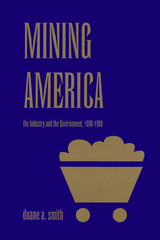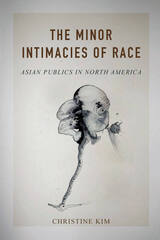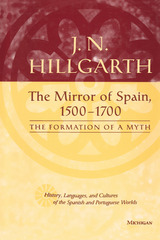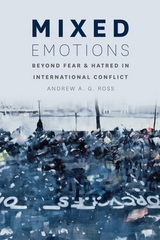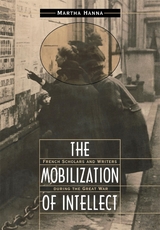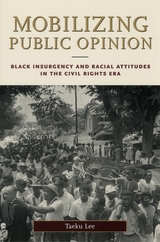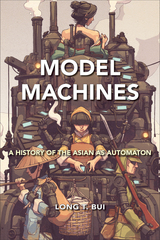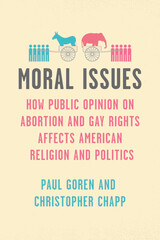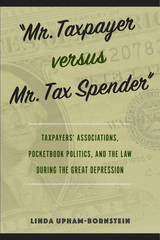Gender and Empire, Volume 34
Duke University Press
Paper: 978-0-8223-6626-3
See other books on: Empire | Gender | Lees, Clare A. | Volume 34
See other titles from Duke University Press
Paper: 978-0-8223-6626-3
ABOUT THIS BOOK
ABOUT THIS BOOK
The early medieval world features many examples of empire-building and is noticeably marked by both imperial acts and (post-) colonial fantasies. Yet, these subjects barely register in contemporary analyses of national, colonial, or postcolonial formations. The aim of this special issue of JMEMS is not simply to rectify this omission-to fill in the missing evidence of the colonial and the colonized for the early medieval period. Rather, it will address how sociopolitical and cultural discourses of the imperial are formed and used in these centuries, and how such discourses might differ from the discourses of later periods, whether medieval or early modern. Articles by Beverly Bossler, Guy Halsall, Nicholas Howe, Clare Lees, Fred Orton, Gilian Overing, D. Fairchild Ruggles, David Townsend, and Ulrike Wiethaus cover a wide range of topics: reflections on what "empire" and "medieval empire" might mean, the formation of masculine identities in the late Roman Empire, royal mothers in the hybrid court of an Andalusian dynasty, Rome as capital of Anglo-Saxon England, the meeting of imperial Greco-Roman mores with Anglo-Saxon masculinity in "Apollonius of Tyre," what "style" can tell us about gender and empire in Northumbrian stone sculpture, Hrotsvit of Gandersheim's strategies of the aristocratic female body, and the faithful wives of Song and Yuan China.
Contributors. Beverly Bossler, Guy Halsall, Nicholas Howe, Clare A. Lees, Fred Orton, Gilian R. Overing, D. Fairchild Ruggles, David Townsend, and Ulrike Wiethaus.
See other books on: Empire | Gender | Lees, Clare A. | Volume 34
See other titles from Duke University Press

